
Explore Tacoma's Cheney Stadium
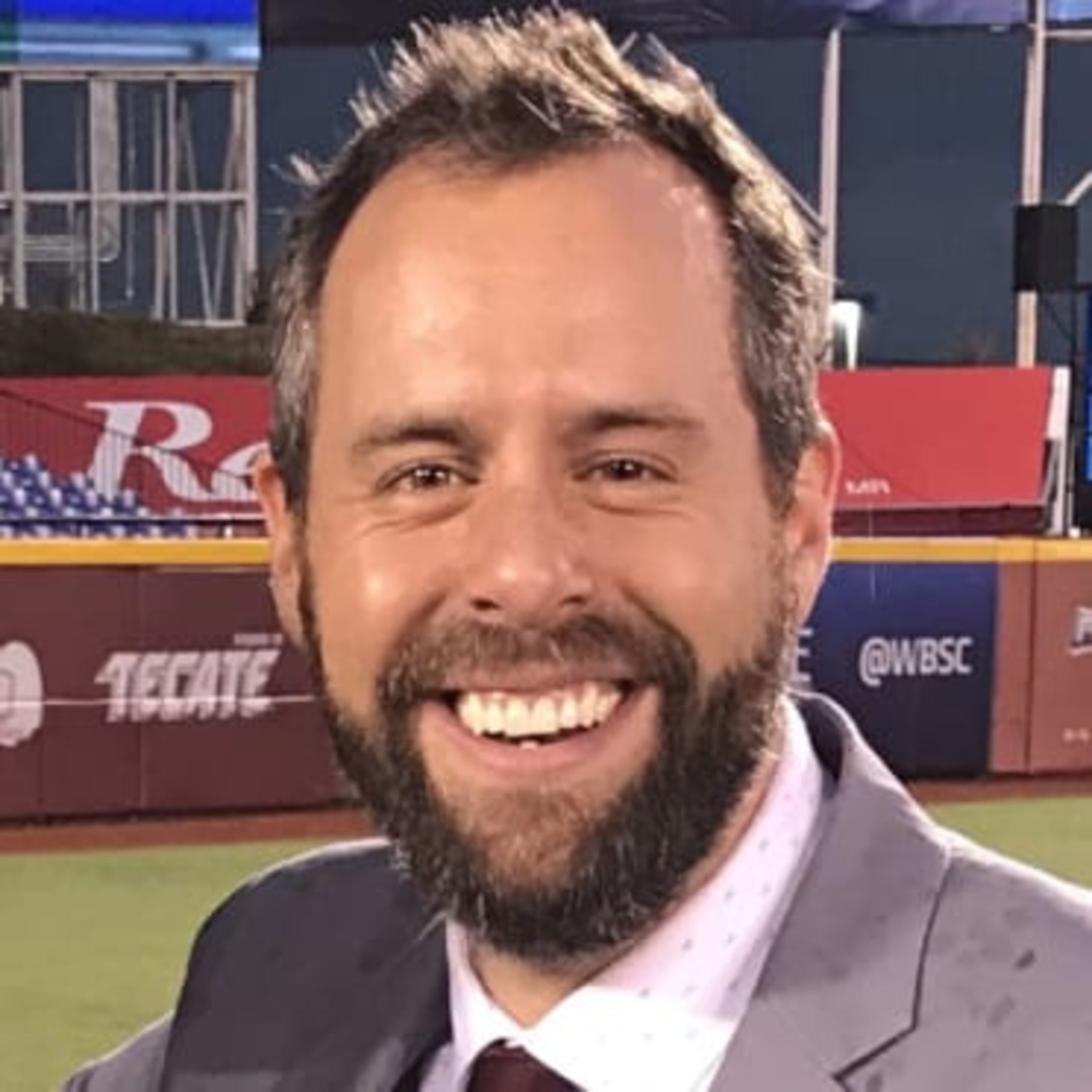
Welcome to Cheney Stadium. Tacoma’s historic baseball home played a role in MLB's initial expansion to the West Coast and has since seen some of the game’s biggest names pass through.
Tacoma Rainiers (Triple-A affiliate of the Seattle Mariners since 1995)
Established: 1960
Ballpark: Cheney Stadium (opened 1960)
League: Pacific Coast League
Notable Alumni: Juan Marichal, Gaylord Perry, Walt Weiss, Jose Canseco, Mark McGwire, Alex Rodriguez, Adam Jones, Félix Hernández, Kyle Seager, Chris Taylor, Jarred Kelenic
Championships: 1961, 1969, 1978, 2001, 2010, 2021
Ballpark Guides for EVERY Minor League team »
Ballpark Guides for Mariners' affiliates »
While Seattle, Tacoma’s neighbor 25 miles to the north, has had the more renowned baseball history of its region, Washington’s third-largest city boasts hardball roots going back just as long. Beginning with the Tacoma Daisies of the 1890 Pacific Northwest League, the city has hosted professional baseball for over 130 years. Teams called the Robbers, Colts, Owls, Tigers and Cubs plied their trade in various circuits through the close of the 19th and first half of the 20th centuries, often squaring off with Seattle’s squads, known as the Blues, Rainmakers, Clamdiggers, Chinooks, Siwashes and more.
In 1903, Tacoma welcomed the hallowed Pacific Coast League, then in its infancy as a de facto major league for the West Coast. The Tacoma Tigers joined the league the following year after moving from Sacramento, Calif. and won their city its first PCL pennant by finishing first in both halves of the 1904 campaign. After doing the same in the first half of 1905, the franchise moved back to Sacramento.
Triple-A baseball didn’t return to the city for another 55 years, but Tacoma wasn’t without baseball in the interim, with teams also known as the Tigers operating in the Northwestern League, Pacific Coast International League, Northwest International League and Western International League to fill the void.
In the late 1950s, Tacoma-area businessmen Ben Cheney and Clay Huntington led the push for a Triple-A team to take up residence in the city, and they became successful in 1960 when the Giants, just three years into being West Coasters, agreed to move their top affiliate from Phoenix to Tacoma. The city built a brand new ballpark in just three months and 14 days, and Cheney Stadium -- known as the “100-Day Wonder” -- was born.
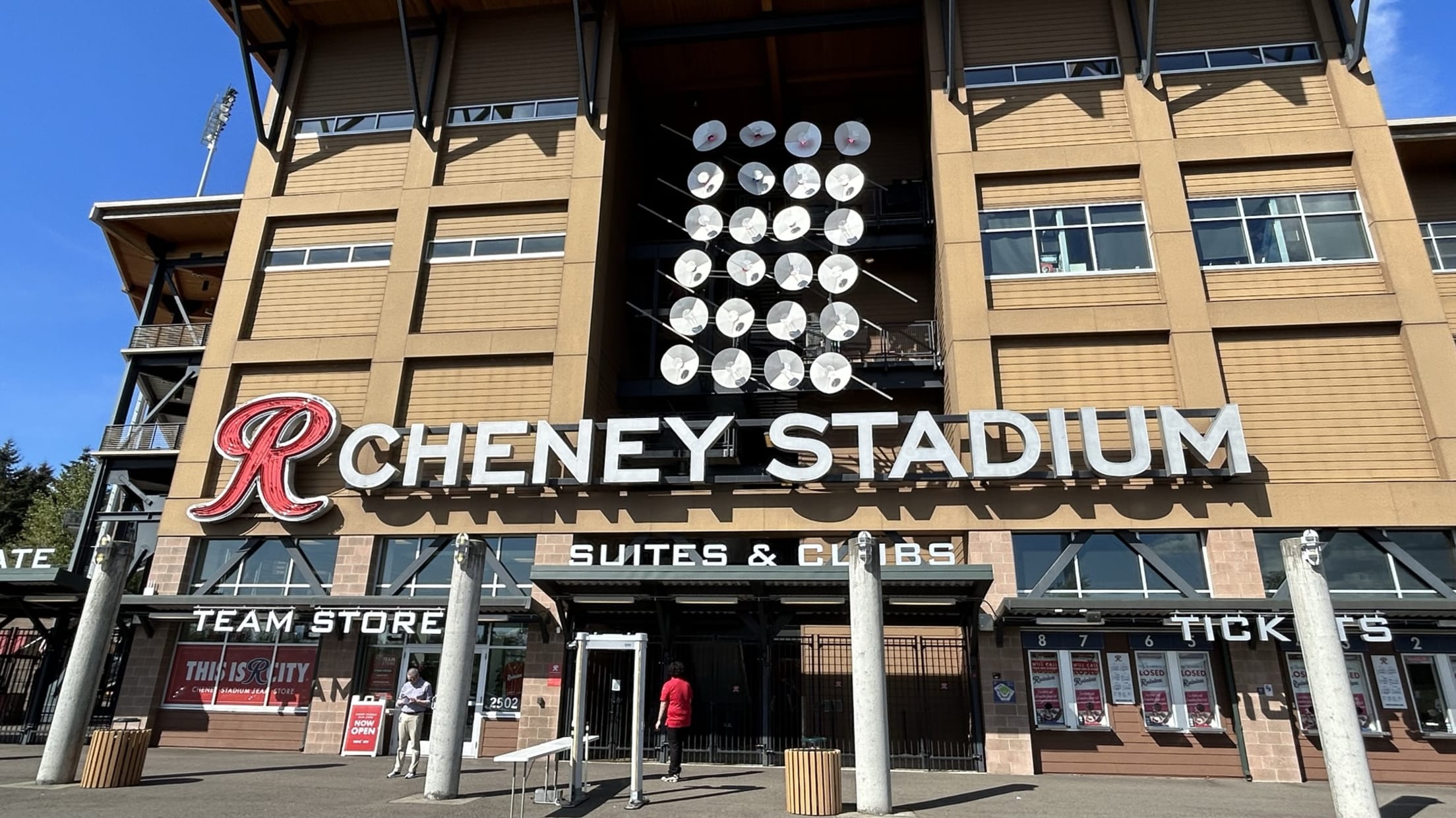
Cheney Stadium
2502 S. Tyler St.
Tacoma, WA 98405
(253) 752-7707
Capacity: 6,500 seats
Dimensions: left field, 325 feet; center field, 425 feet; right field, 325 feet
Park Factors (2021-22)
100 = league average
Runs: 84 | Homers: 88 | Hits: 85
Pacific Coast League environment: 5.77 runs per team per game (second-highest of 11 full-season leagues)
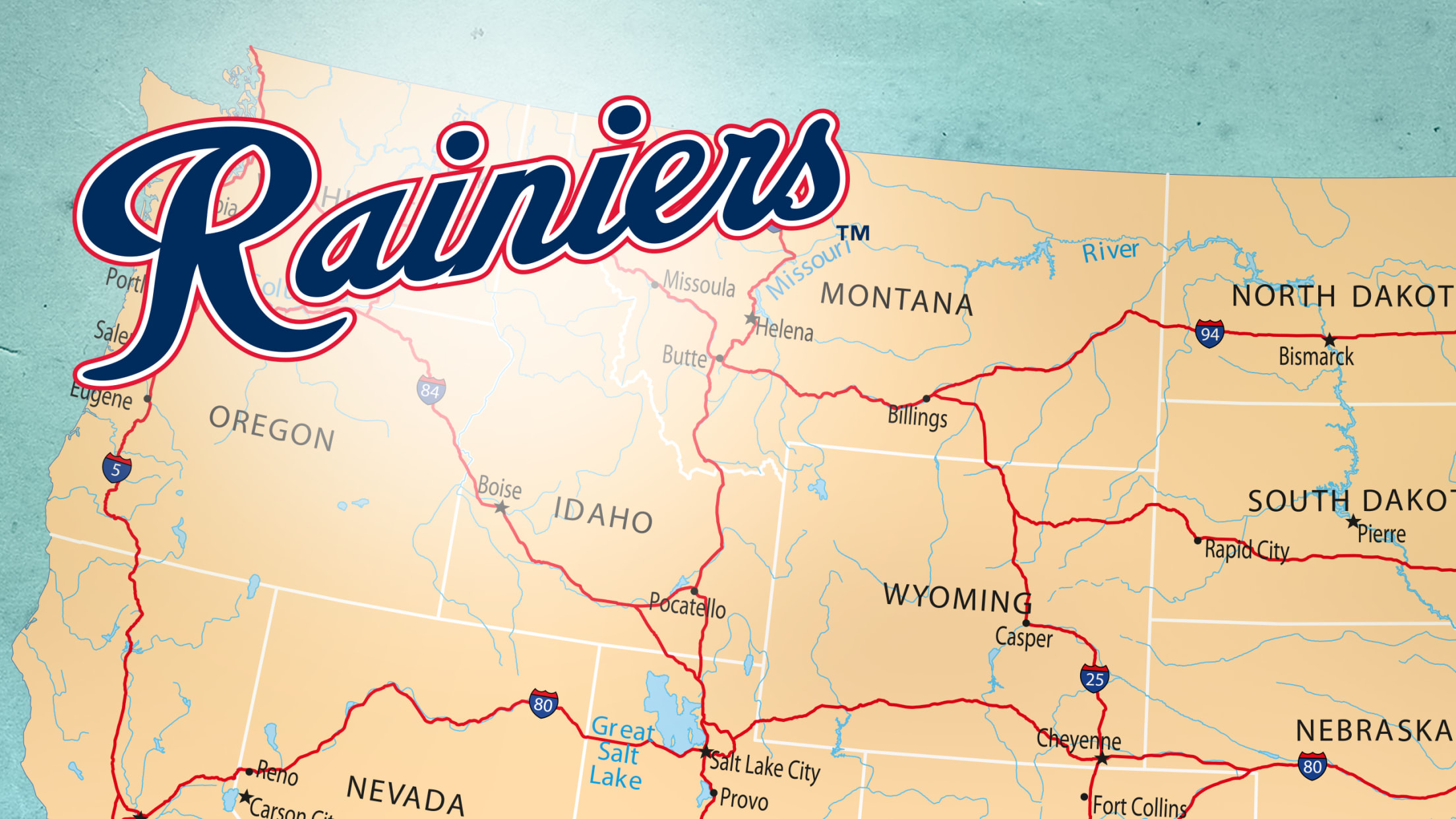
Depending on your definition of ballpark continuity, Cheney Stadium is the oldest in all of Triple-A. Its original construction date of 1960 precedes the next-oldest stadium in the Minors’ top classification, Buffalo’s Sahlen Field, by 28 years, and Cheney’s grandstand is still the same one built over that lightning-quick span in the year John F. Kennedy was elected president. The Tacoma Giants were the ballpark’s first residents. They won their first game in Tacoma behind a shutout by Juan Marichal, captured a PCL championship in their second season of 1961 and called the town home until ’65.
After San Francisco shifted its affiliation back to Phoenix, the Chicago Cubs moved into Tacoma from 1966-71, hoisting a PCL pennant in ’69. Partnerships with the Twins, Yankees (for the 1978 season only), Indians and Athletics followed until 1994. In 1995, the most logical partnership for Tacoma’s team arrived and with it, a new name. The Mariners linked up with the newly minted Rainiers, who assumed a moniker that Seattle’s own PCL team held from 1919-21 and 1938-64.
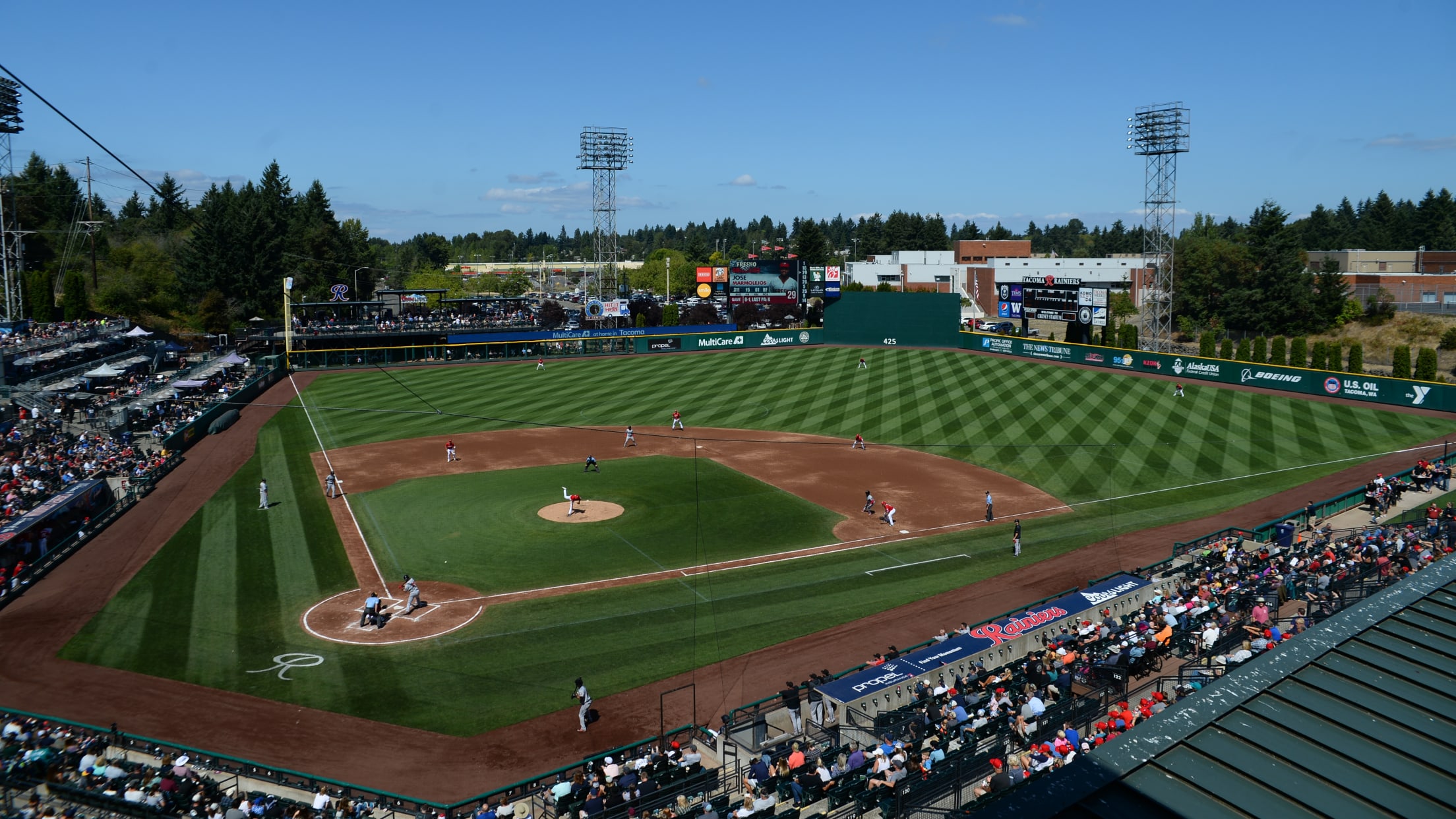
Over the 2010-11 offseason, the stadium underwent extensive renovations with a goal of melding its classic and modern eras. Those changes included over 96,000 square feet of steel additions and a roof made from Douglas fir beams native to the Pacific Northwest. The ballpark’s reimagined exterior rises from the facility’s relatively small footprint -- once unthinkably small but now part of a reborn wave that has influenced stadiums like El Paso and Las Vegas -- near the Cascade Mountains and is wood-centric as well, evocative of a cabin or lodge in Washington state’s lush forests. The team added a Dugout Club behind home plate with intimate seating options close to the playing field. Fanning out from the plate area, seats stretch to the edge of the infield, and the ballpark’s original grandstand is still the structure that hosts thousands of fans under Tacoma skies night in and night out.
Down the right-field line are perched a berm and right-field deck area with a kids’ zone featuring a Wiffle ball field tucked onto the concourse. In left field, the team has party decks in foul ground and two key features beyond the outfield wall: the R Yard above the home bullpen and Launch Pad above the visitors’. Atop the grandstand behind home plate are luxury suites and more group areas including the 1882 Club event space.
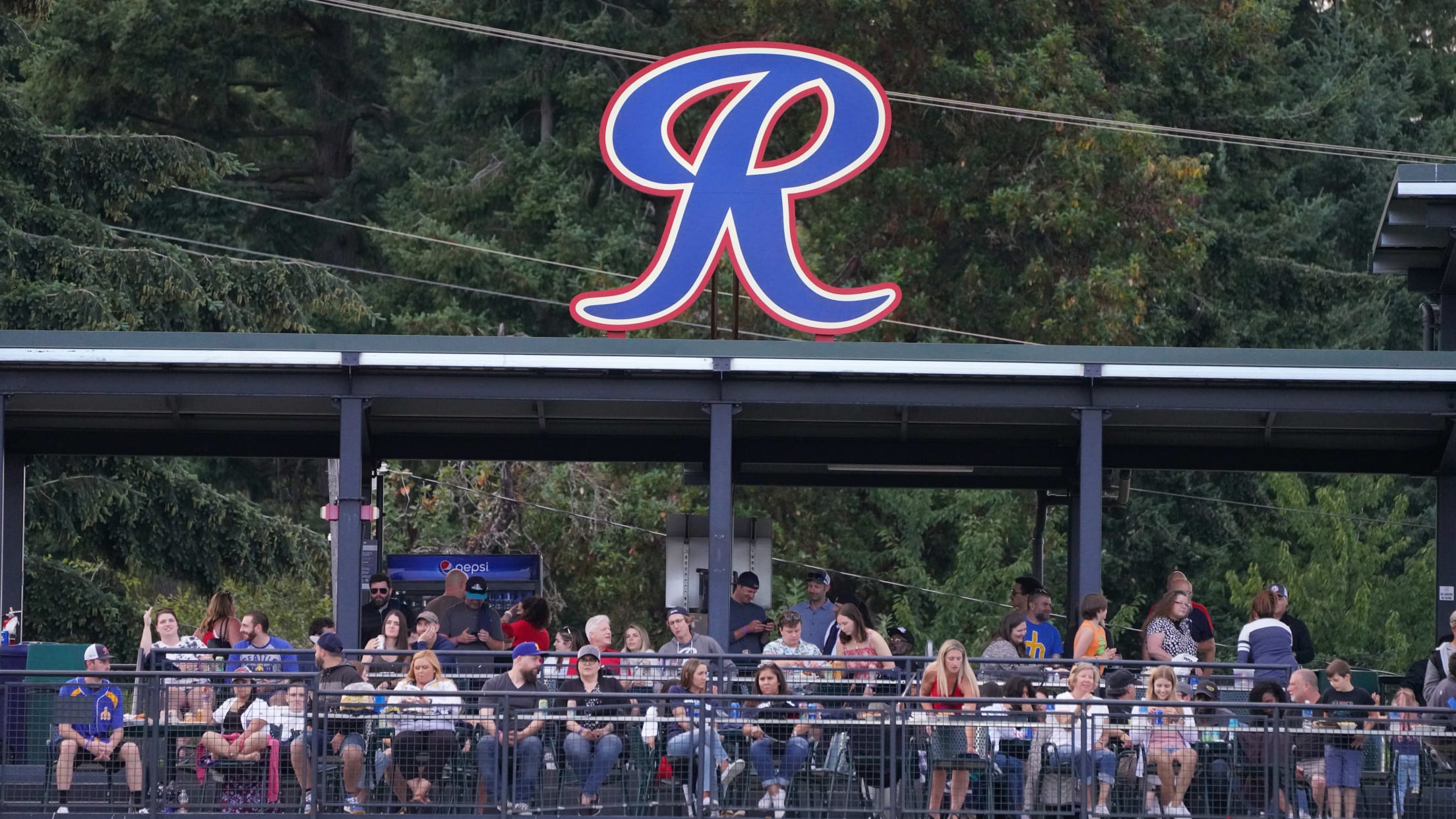
All these years later, fans can still watch a game with Ben Cheney. A statue of the stadium namesake is located on the first-base side of the seating bowl, depicting him watching the game while enjoying a bag of peanuts. He is surrounded by a small section of seats that date back to the stadium's 1960 opening.
Concessions
Cheney Stadium has one of Minor League Baseball’s most impressive dedications to microbreweries and puts that love on display weekly with Craft Brew Wednesdays, which feature $5 beers from PNW breweries. From a food standpoint, the ballpark’s garlic fries are legendary. Renowned area seafood joint Ivar’s oversees the ballpark's concessions, so expect to find the establishment's beloved fish and chips, chowder and even a seafood-based “Ivar’s Dog” with coleslaw and tartar sauce.
Fowl aficionados should head to Saucy's for a range of chicken-based items. The Spicy Chicken Sandwich -- pictured above -- is unique in that the spiciness in question emanates from a jalapeño bagel bun.
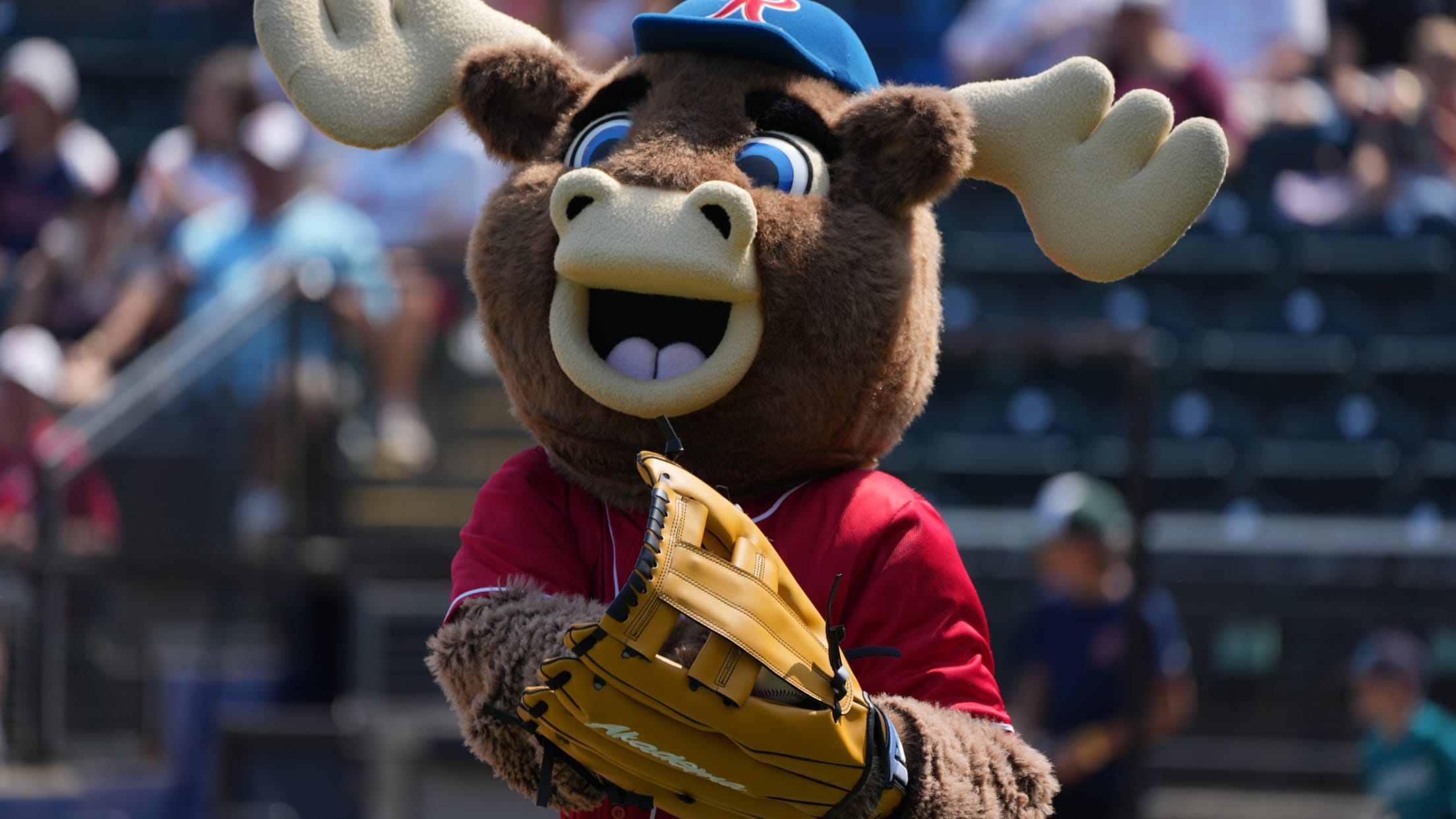
Mascots
The Mariners have their Moose. Down the road, Rhubarb the Reindeer reigns supreme. Rhubarb has been a member of the Rainiers' family since the franchise joined their regional parent club in the mid-1990s and still runs the show at Cheney Stadium. Rhubarb's coterie of pals includes the inimitable Epic Sax Gorilla who you truly have to see to believe.
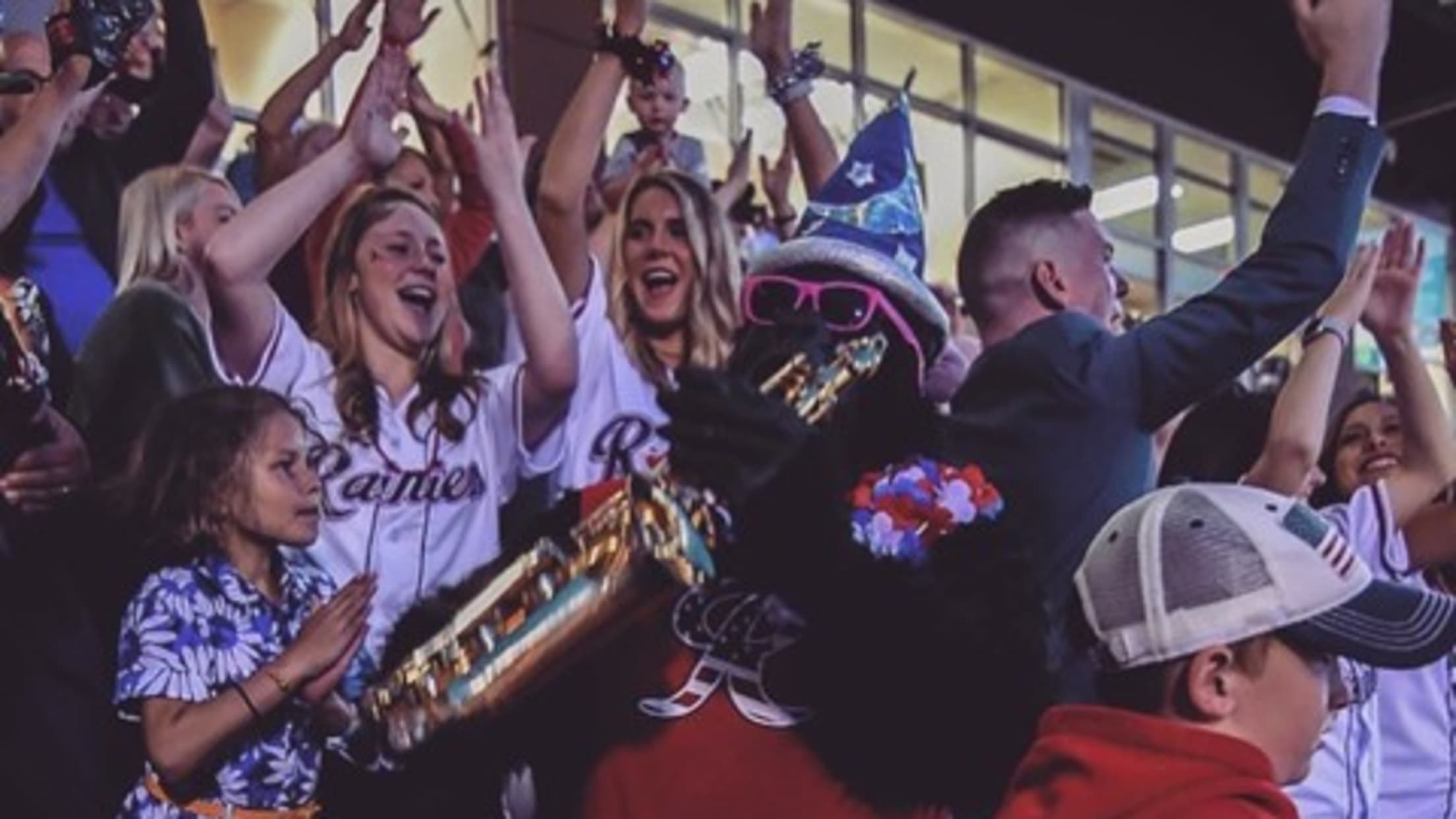
Local Attractions
The outdoors beckon in the Pacific Northwest from jaw-dropping landscapes in the Cascades and rainforests to the almost innumerable options of water activities in the Puget Sound and Pacific Ocean not far away. If museums are more your thing, the Museum of Glass, Chihuly Garden and Glass, Tacoma Art Museum and LeMay – America’s Car Museum are all worth lengthy trips on a free day. Tacoma’s Five Mile Drive and Trails is home to many attractions including the Point Defiance Zoo & Aquarium, Fort Nisqually Living History Museum, Point Defiance Marina, a beach and stunning garden.
Tacoma’s neighborhoods like hot spot Point Ruston on the water to the Stadium District (named after Stadium High School, not Cheney Stadium) have unique identities and beautiful stops throughout. And as noted, Tacoma is roughly 35 minutes from Seattle and all the city’s famous attractions including the Space Needle, Pike Place Market, T-Mobile Park and much more.
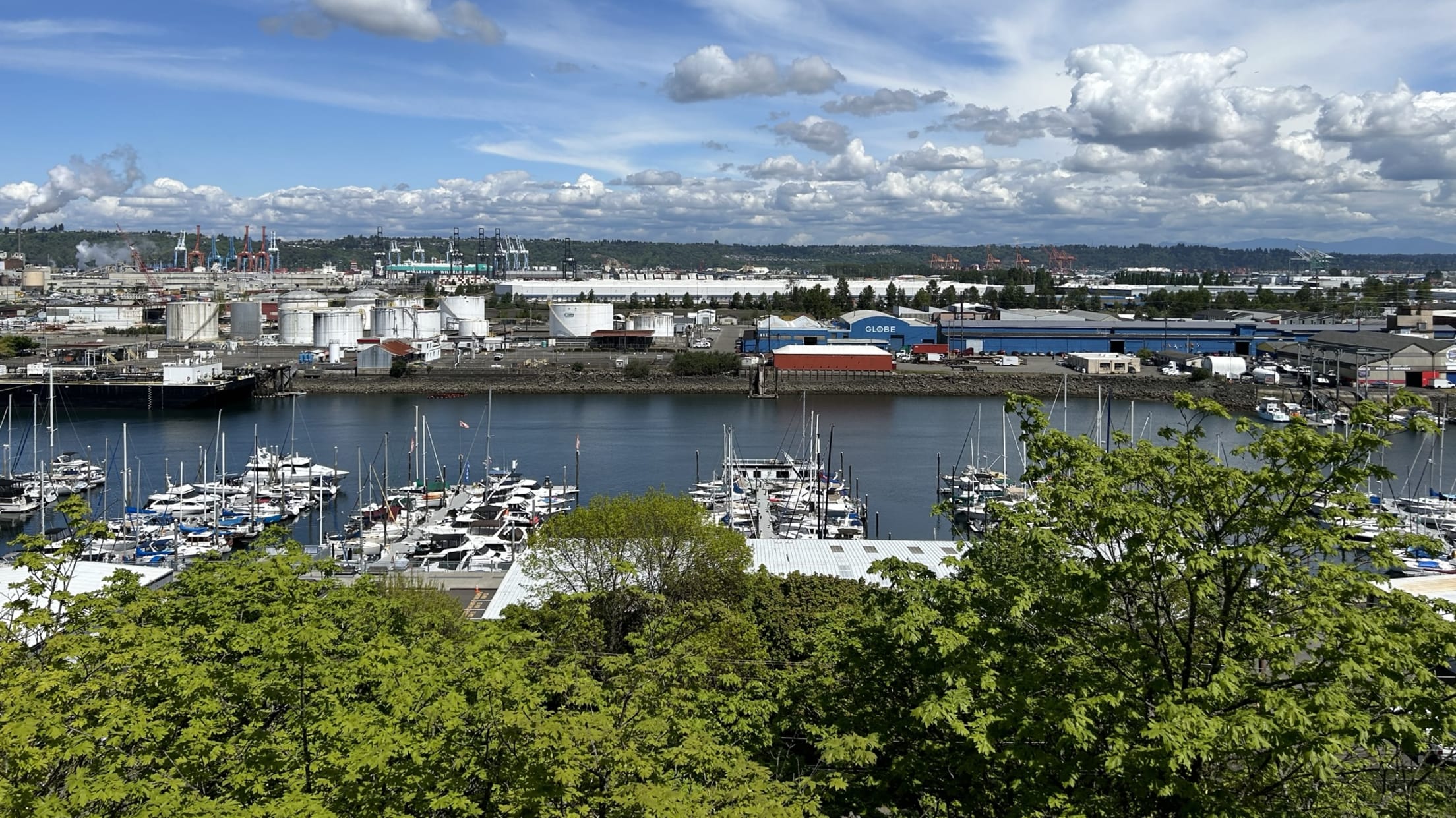
Food and Drink
If you’re a seafood lover, the Pacific Northwest is a must-visit. Duke’s Chowder House and Lobster Shop are two of the top-rated stops for delectable fish in Tacoma, but good seafood is just about everywhere you look. Abella Pizzeria serves up some of the region’s best pizza, and Dirty Oscar’s Annex runs the gamut from delicious breakfasts to burgers, brussels sprouts and more.
Within just a few minutes’ drive from Cheney Stadium, one can find heaps of breweries including Gig Harbor Brewing Co., E9 Brewing Co. & Taproom (though you might want to stay away from that one if you’re a right fielder), Sig Brewing Company and Odd Otter Brewing Company. Parkway Tavern is a legendary local haunt near the city’s Stadium District, and Gilman House is a slick craft cocktail destination nearby.
Where to Stay
For travelers who like to surround themselves with unique luxury, the Hotel Murano is an exquisitely designed option near Tacoma’s convention center. A more offbeat choice is the McMenamins Elks Temple, a boutique hotel housed in a 1916 Beaux Arts building formerly home to the Fraternal Order of the Elks and now featuring 45 guest rooms. Bed and breakfasts provide a more relaxed stay option including The Villa and The Secret Garden B&Bs.
Moving On
Seattle and its surrounding communities are a baseball hotbed. After you’ve stopped in the Emerald City to see the Mariners at T-Mobile Park, all kinds of options are available. Head north three hours and start a trip down the coast from north of the border at Nat Bailey Stadium in Vancouver, British Columbia, the only Minor League park in Canada. Then hit High-A Everett just north of Seattle. Continue south from the Sea-Tac area to hit the Hillsboro Hops outside of Portland, Oregon, or the Eugene Emeralds down the road. Central Washington is home to the Tri-City Dust Devils, while the eastern part of the state hosts the Spokane Indians.
The Road to Seattle
The final stop on the journey to the big leagues for Mariners’ prospects is also one of the closest to their final destination. Seattle’s Minor Leaguers start their climb with the Single-A Modesto Nuts before making their first trip to the Seattle area via the High-A Everett AquaSox. After taking a swing through the South with the Double-A Arkansas Travelers, M’s prospects arrive roughly 35 miles from Seattle’s T-Mobile Park when they reach Triple-A Tacoma.
Single-A: Modesto Nuts
High-A: Everett AquaSox
Double-A: Arkansas Travelers
Triple-A: Tacoma Rainiers
